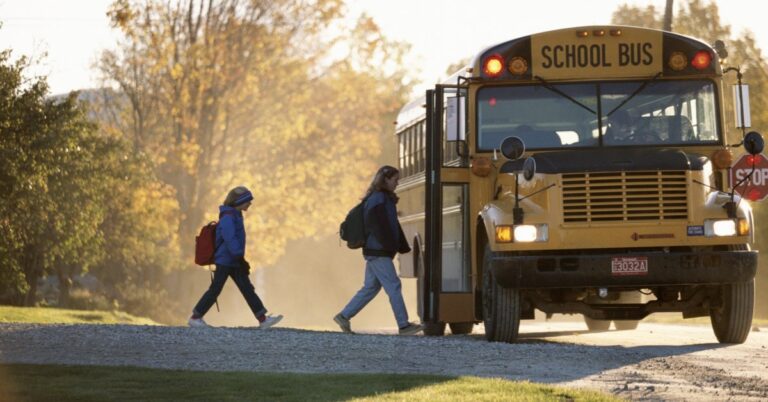The Trump-backed agenda item known as Project 2025, devised by the Heritage Foundation, has raised alarm bells for many education and civil rights activists. The radical policy blueprint includes the abolishment of the U.S. Department of Education, the termination of federal education funding and civil rights protections, and the shifting of public finances to private school voucher programs.
Those scrutinizing Project 2025 see an unequivocal objective: to trash public education. Such a maneuver to dismantle public schooling is not just a theoretical plan tied to a potential Trump return to office; it’s already unfolding across the nation.
The imminent threat of an extensive wave of public school closures is just the latest move in the long-term operation to whittle down our public schooling system. Contrived as “school choice,” various federal, state, local, and private agents have focused on funding private and charter schools, hoarding educational resources for the affluent few, leaving scant resources for those who need them most.
The keystone policies of Project 2025 call for the expansion of government payments for families preferring private school education and the creation of new charter schools, run along business lines. This strategy has gained traction over the last few years, draining resources from public school districts that cater to a diverse student population. During the 2023-24 academic year, permanent closures were announced by at least 70 school districts, resulting in a massive impact on the student population in places like San Antonio, Texas, Jackson, Mississippi, and Wichita, Kansas.
Project 2025 has resulted in the closing of schools primarily located in Black and Latine communities, effectively stripping these communities of their local public educational institutions.
Read More: Everything Biden and Trump Have Said About the Controversial Project 2025
District leaders confronted with dwindling student numbers and fiscal crises often resort to school closures. On many occasions, these decisions lack sound evidence or any real analysis, demonstrating cost savings. Despite this, costly consultants are hired to devise “utilization” rates, advising the shut-down of schools with low rates to “rightsize” the system.
However, this ‘rightsizing’ frequently discriminates against those schools which have been historically underfunded and those schools serving Black and Latine students, English Learner students, students with disabilities, and students living in poverty.
Research indicates that school closures negatively impact learning outcomes, particularly for low-performing students. One 2024 study from Brown University directly linked school closure experiences with a decrease in post-secondary education attainment and employment at ages 25–27. Closure also necessitates longer travel times for families, making it more challenging to connect with school staff and participate in extracurricular activities or parent organizations.
The fight against Project 2025 is not lost—it stands as an urgent call to action, rallying support for public education. Our public schools require an infusion of more resources to ensure better learning environments for all. The need of the hour is to invest in our public schools, not shut them down.
